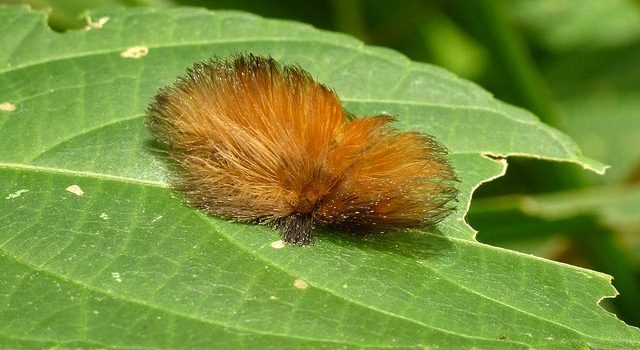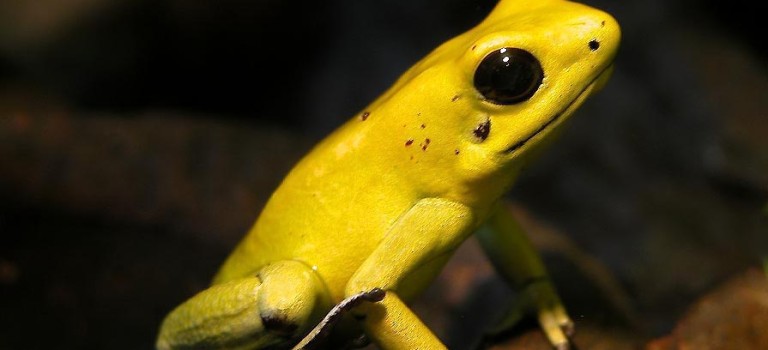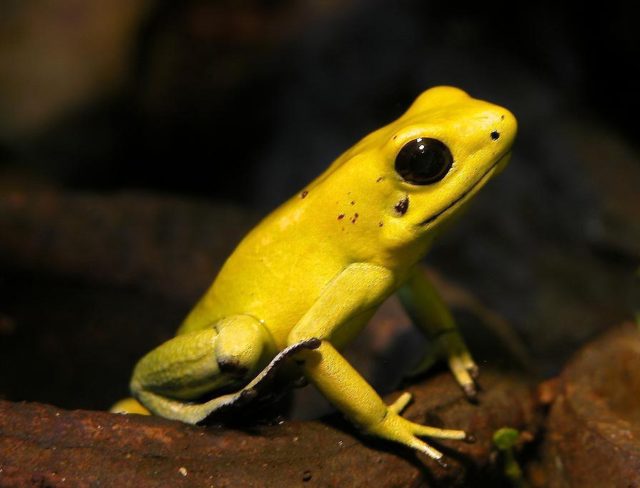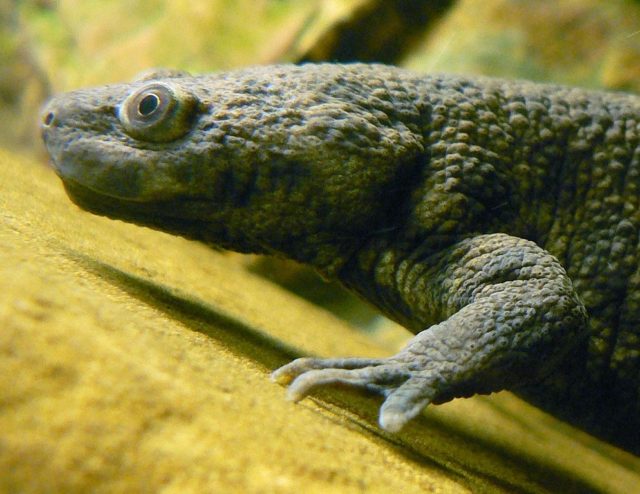It is hard to believe that March is over already and that it is time to reveal this month’s mystery creature already. Here is a little reminder…
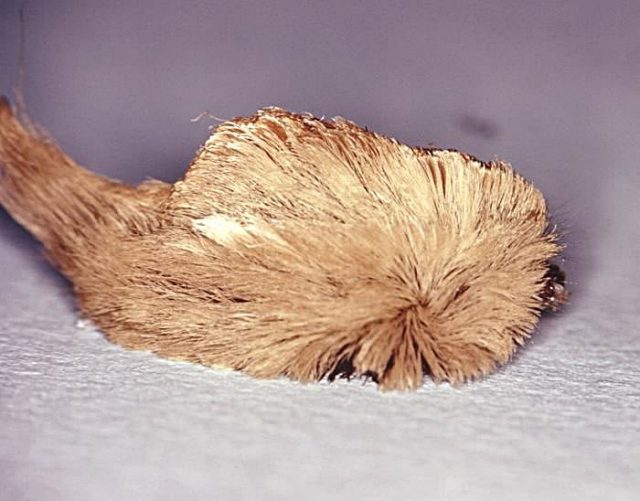
Did you guess it? It is the…
Flannel Moth Caterpillar (Megalopyge opercularis), often referred to as the Trumpapillar, for, ahem, some very obvious reasons 😉
Here is another image, in case you need more convincing on the Donald Trump connection.

Photo credit: Andreas Kay
They are found in a range of colours, mainly yellows, greys and browns.
These cute and fluffy looking caterpillars are a lot more harmful that they appear. Those silky looking hairs that cover the body contain tiny spines capable of injecting toxins into any victim that come into the slightest contact with them. They say it is an experience you will not forget in a hurry. The immediate symptom is searing pain at the area of injection, where a number of dark red spots usually appear. Most victims don’t get away with just that though; other symptoms include headache, nausea or vomiting, abdominal cramps, chest pains and, for some, serious respiratory distress or shock like symptoms. Although medical attention is needed in such cases there is no antidote to the toxin, the symptoms usually abate with time; the pain usually lasts for at least 12 hours.
A bit of mimicry
These caterpillars are so good at being bad that other try to mimic them, for their own safety, take a look at the video below for more on this amazing caterpillar and those that try to look just like it.
What about the adult moth?
Luckily, the venomous phase of this creatures life cycle is limited to its caterpillar state. The adults pose no threat at all and look like this…

Image credit: Patrick Coin
How common are the moths and where can they be found (or avoided)?
The inch long caterpillar is fond of feeding on many garden plants and common trees such as oak and elm. It can be found in many regions of the United States (primarily eastern and southern states), Mexico and parts of Central America. There are often two breeding species per year, making early Spring and early Autumn the most likely times to get stung.
Have you ever come across a venomous creature? Or maybe one that reminds you of someone you know? If so, please let us and share your story in the comments below.
Remember to check back for another mystery creature next week!
